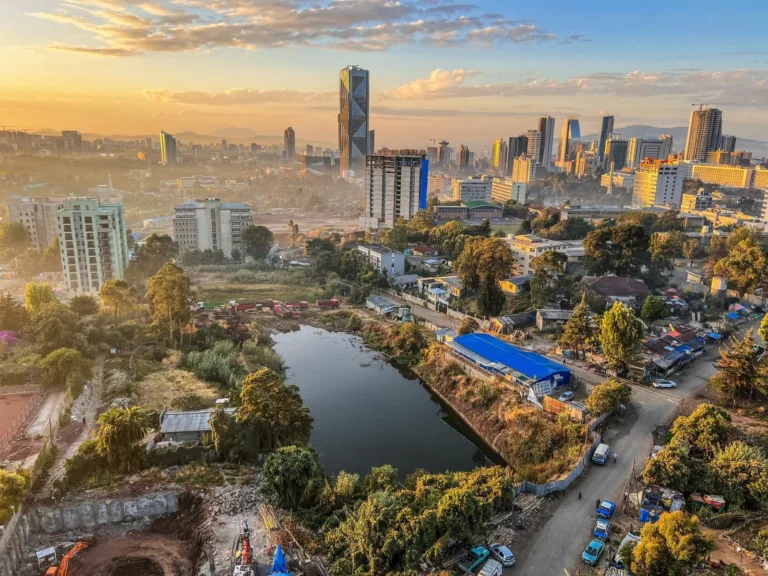
According to the Universal Declaration of Human Rights adopted in 1948, education is a fundamental right for every individual. Every child must be enrolled in school and educated by qualified personnel. This right is essential for ensuring equal opportunities and enabling every child to reach their full potential, regardless of their background or socio-economic status.
However, in many countries, access to education remains limited due to severe economic constraints. Remittances, particularly those sent by migrant workers to their families back home, are a solution to address these gaps. This article will explore how remittances help families overcome financial obstacles and ensure access to education for their children.
I - Access to education
Remittances, or money transfers sent by migrant workers, have a significant impact on access to education, especially in countries where families struggle to afford schooling. These transfers help families cover tuition fees, uniforms, school supplies, and transportation costs. For example, in India, money sent by migrants allows many families to pay for school enrollment and buy what their children need to learn, reducing the number of children who drop out of school early.
In Sub-Saharan Africa, families receiving money transfers find it easier to pay for school fees, which alleviates financial stress and helps children attend school regularly. Transfers also make higher-quality schools more accessible, even in remote areas. In the Philippines, families use this money to send their children to schools farther from home, which would be challenging without this financial support. These transfers also help reduce dropout rates. When a family receives money, they are better prepared to handle unexpected expenses, such as medical costs or urgent repairs, without having to withdraw children from school.
Finally, money transfers have a positive effect on communities in general. When more people have access to education, they are better equipped for jobs and can contribute to improving their region. In Latin America, transfers have helped increase education levels, which has also boosted local economic opportunities. Money transfers play a crucial role in making education more accessible and equitable. They enable families to pay for schooling, reduce inequalities, and have lasting positive effects on communities and the economy.
II - Improving the quality of education
Money transfers sent by migrant workers not only help families cover tuition fees but also enhance the quality of education. These funds enable improvements in school infrastructure, such as building new classrooms, repairing facilities, and purchasing essential educational materials like blackboards, books, and computers. For example, in Haiti, transfers have contributed to renovating schools in rural areas, providing safer and more functional learning environments. Additionally, these funds allow families to buy school supplies and educational materials, helping students better follow their classes and succeed in their studies.
Money transfers can also be used to improve teachers’ working conditions by funding professional development or purchasing new teaching tools, leading to more effective teaching methods. In India, for instance, these funds have supported teacher training, thereby enhancing the quality of education.
III - Challenges and limitations of money transfers for education
Money transfers bring significant benefits to education, but they also present several challenges and limitations.
First, the money received is not always used optimally for education. For instance, families might use these funds for urgent needs like medical care or home repairs instead of school fees, which can reduce the positive impact on education. Money transfers do not always benefit all regions equally. Isolated or less developed areas may not fully benefit from these funds due to distribution issues or inadequate infrastructure, leaving children in those regions with fewer educational improvements.
Moreover, excessive reliance on money transfers can make families vulnerable to global economic fluctuations. If migrant workers lose their jobs or if transfers decrease due to economic crises, families may struggle to cover school fees and other expenses, creating financial instability. Additionally, there may be a lack of oversight and control over the use of money transfers. Without stringent management, it is challenging to ensure that the money is effectively invested in educational improvements, and the absence of transparent control mechanisms can lead to misuse of funds. Finally, even with money transfers, structural problems in the education system may persist, such as a shortage of qualified staff, inadequate infrastructure, or a lack of educational materials. These issues require broader reforms and investments that money transfers alone may not be able to address.
In conclusion, money transfers sent by migrant workers represent a vital source of support for education in developing countries. By facilitating access to school fees, improving educational infrastructure, and supporting families, these funds significantly contribute to the enhancement of education. However, the challenges and limitations associated with their use require careful attention to maximize their positive impact.
To overcome the challenges related to the inefficient use of funds, it is essential to establish rigorous management mechanisms. This could include financial management training programs for families and specific guidelines on using funds for educational expenses. Additionally, implementing transparent monitoring and reporting systems can ensure that funds are used in accordance with educational objectives. To address regional inequalities, it is important to improve infrastructure in the most isolated areas and ensure a more equitable distribution of funds. Local authorities and non-governmental organizations could collaborate to create targeted support programs for disadvantaged regions, ensuring that educational improvements reach all children, regardless of their place of residence.
To reduce economic dependency, diversifying funding sources and supporting local economic initiatives is crucial. Local economic development programs can complement money transfers, providing families with more stable job and income opportunities. This would help mitigate the effects of global economic fluctuations on families’ ability to finance education. Regular audits and independent evaluations could also be implemented to verify that money transfers are used appropriately. Community involvement in monitoring and managing funds could further enhance transparency and spending efficiency.
Finally, to address structural issues in the education system, money transfers should be accompanied by broader initiatives aimed at strengthening school infrastructure, training teachers, and providing necessary educational resources. Partnerships between governments, international organizations, and local communities can play a key role in implementing the educational reforms needed to support the improvements brought about by money transfers.
Feel free to share this article with your acquaintances, and if you are looking for a quick, reliable, and secure solution to send funds from Canada to Africa, Transfergratis is your best option and it’s completely free!







